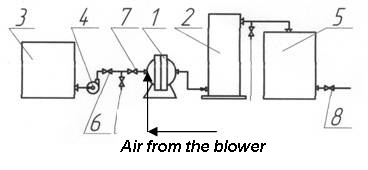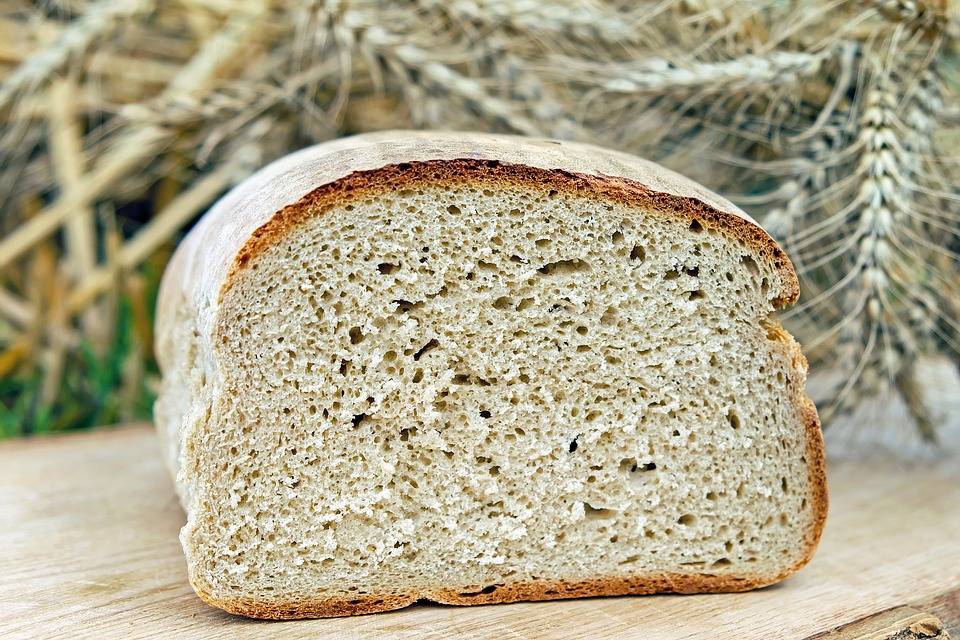Wastewater treatment technologies. The situation with wastewater of bakery facilities varies and depends on the location of the plant. Large factories dump their wastewater into the municipal sewage system, because it is believed that bakeries do not need their own treatment facilities, as their wastewater standards are close to sewer discharge norms. However, this is not quite true. The amount of chemical oxygen consumption of bakery production ranges from 300-600 mg O2 / l, and during the cleaning of equipment it is even higher, reaching 1800 mg O2 / l. Given that the municipal treatment facilities cannot cope with the growing amount of wastewater and the degree of contamination, sooner or later, the sewage discharge standards for sewage system will become tougher. It means that the manufacturers will have to solve these issues locally.
Today, large urban bakeries are addressing these problems. But it is another thing with many small bakeries, located in cities where there are no sewage treatment plants. The amount of wastewater of these facilities is insignificantly small, within 30-50 m3 per day. Therefore it is easy to build a treatment plant for such volume at a bakery.
Wastewater treatment technologies
Since the wastewater of the bakeries contains yeast, the proposed technological treatment diagram is shown in Figure 1.

Fig. 1. Process diagram of wastewater treatment for bakeries: 1 – vortex layer device (AVS); 2 – mass transfer column; 3 – equalizing tank; 4 – pump; 5 – settling tank; 6 – tap ; 7 – regulating valve 8 – sampling tap.
The operating principle of the unit is as follows. The wastewater from the tank 3 is pumped by a pump 4 through valve 6 and the regulating valve 7 goes into vortex layer device (AVS) 1. The air blower supplies air to the AVS. The equalized wastewater is pumped into the AVS activation chamber where it is subjected to the rotating electromagnetic field, the high local pressures, acoustic vibrations, electrolysis, and other factors that intensify the process. After AVS the water enters the mass transfer column 2 for further intensive treatment and effective oxidation. The purified water after the column is collected in a settling tank 5. The samples of clarified water are taken from sampling tap 8 .

